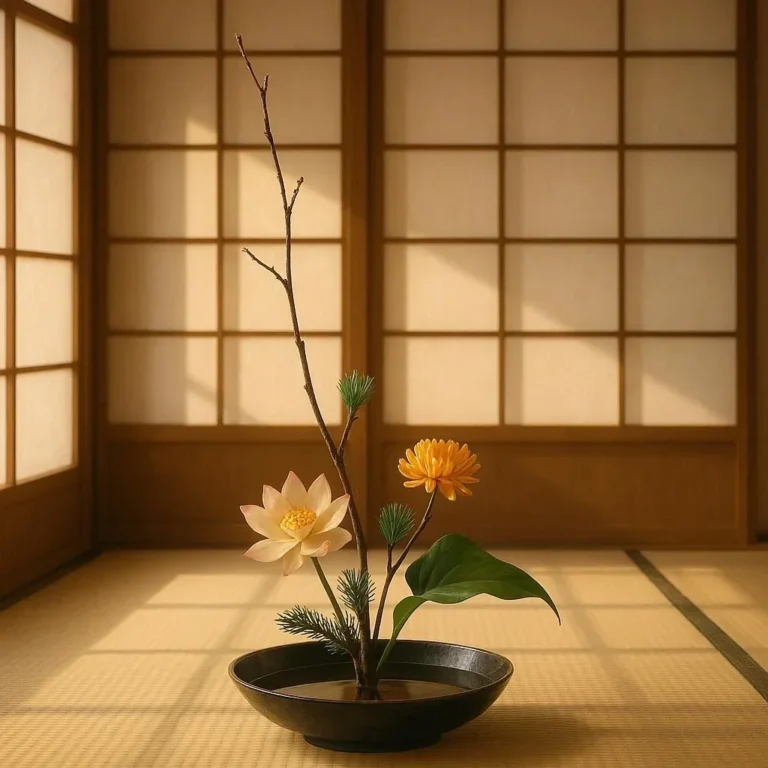506 views The Role of the Kimono in Modern Japan
The kimono, a garment steeped in tradition and cultural significance, has been a cornerstone of Japanese identity for centuries. Originating in the Heian period (794-1185 CE), the kimono has evolved over the years, adapting to changing times while retaining its essence as a symbol of Japanese heritage. In modern Japan, the kimono continues to play a vital role, transcending its traditional roots to become a versatile and contemporary piece of attire. This blog post explores the enduring significance of the kimono in modern Japan, its cultural importance, and its place in the fashion world.
The Historical Significance of the Kimono
Before delving into the modern role of the kimono, it’s essential to understand its historical context. The word “kimono” translates to “thing to wear” in Japanese, and it has been the traditional garment of Japan for centuries. Initially influenced by Chinese clothing, the kimono evolved into a uniquely Japanese garment, with intricate designs, seasonal patterns, and specific fabrics that reflected the wearer’s social status, marital status, and occupation.
The kimono reached its zenith during the Edo period (1603-1868), when it became a symbol of art and craftsmanship. The garment was not just a piece of clothing but a canvas for storytelling, with elaborate designs that communicated the wearer’s identity and cultural values. The kimono’s construction, with its straight seams and T-shaped silhouette, allowed for a wide range of designs, from simple, understated patterns to elaborate works of art.
The Kimono in Modern Japan
Fast forward to modern Japan, and the kimono has taken on a new identity. While it is no longer the everyday attire it once was, the kimono remains a cherished part of Japanese culture. Its role in modern society is multifaceted, serving as both a traditional garment and a contemporary fashion statement.
1. Traditional Ceremonies and Celebrations
The kimono is still worn during traditional Japanese ceremonies and celebrations, such as tea ceremonies, weddings, and New Year (Oshogatsu) celebrations. These occasions provide opportunities for people to don the kimono and connect with their cultural heritage. For example, during the traditional Japanese tea ceremony, the kimono is an essential part of the attire for both the host and guests, creating an atmosphere of respect and elegance.
In wedding ceremonies, the bride often wears a traditional white kimono, symbolizing purity and innocence. This tradition is deeply rooted in Japanese culture and continues to be an integral part of wedding rituals. Similarly, during the New Year celebrations, families often dress in kimonos to visit shrines and temples, reflecting the garment’s enduring significance in cultural and religious practices.
2. Fashion and Contemporary Style
In addition to its role in traditional ceremonies, the kimono has also found a place in modern fashion. Designers are reimagining the kimono in innovative ways, blending traditional elements with contemporary styles to create unique and trendy outfits. The kimono’s versatility allows it to be worn in various settings, from casual events to high-fashion scenarios.
One of the most significant ways the kimono has influenced modern fashion is through its adaptation into Western-style clothing. Designers incorporate kimono-inspired elements, such as loose silhouettes, wide sleeves, and intricate patterns, into dresses, jackets, and accessories. This fusion of traditional and modern aesthetics has made the kimono a staple in global fashion, with designers like John Galliano and Alexander McQueen drawing inspiration from its timeless beauty.
3. Cultural Preservation and Education
In an increasingly globalized world, the kimono serves as a symbol of cultural preservation. Efforts to promote the kimono as part of Japan’s cultural heritage have gained momentum, particularly among younger generations. Kimono schools and cultural centers are sprouting up, offering classes on kimono etiquette, fabric selection, and proper wearing techniques.
Moreover, the kimono has become a tool for cultural exchange. Visitors to Japan often experience the kimono as part of their cultural immersion, either by attending kimono-wearing workshops or renting kimonos for a day. This interaction not only fosters international understanding but also helps to keep the kimono tradition alive.
4. The Kimono as a Symbol of Identity
The kimono is more than just a garment; it is a symbol of Japanese identity. In a rapidly changing world, the kimono provides a connection to the past, reminding people of their cultural roots. For many Japanese people, wearing a kimono is a way to express pride in their heritage and to honor their ancestors.
This sense of identity is particularly evident during cultural festivals and events, where people proudly wear their kimonos to celebrate their heritage. The kimono’s enduring popularity is a testament to the deep respect that the Japanese people have for their traditions.
The Future of the Kimono
As Japan continues to evolve in the 21st century, the kimono faces both challenges and opportunities. One of the main challenges is the decline in the number of people wearing kimonos in everyday life. With Western-style clothing dominating modern wardrobes, the kimono is increasingly reserved for special occasions.
However, this does not mean that the kimono is on the verge of extinction. On the contrary, there is a growing interest in the kimono among younger generations, particularly among fashion-forward individuals who appreciate its unique beauty and cultural significance. Social media platforms like Instagram and Pinterest have played a crucial role in reigniting interest in the kimono, with influencers and bloggers showcasing the garment in creative and stylish ways.
Additionally, efforts to modernize the kimono are underway, with designers experimenting with new fabrics, colors, and patterns. These innovations aim to make the kimono more accessible and appealing to a younger audience while maintaining its traditional essence. For example, lightweight, easier-to-wear kimonos are becoming popular for casual events, while bold, vibrant designs are attracting fashion enthusiasts.
Conclusion
The kimono is a garment that defies time, bridging the gap between past and present. In modern Japan, the kimono continues to play a vital role, serving as a symbol of cultural identity, a fashion icon, and a tool for cultural preservation. Whether worn during traditional ceremonies or reimagined as a contemporary fashion statement, the kimono remains an integral part of Japanese life.
As the world becomes increasingly interconnected, the kimono stands as a testament to the enduring power of tradition in shaping modern identity. Its ability to adapt while retaining its cultural essence ensures that the kimono will continue to be a cherished part of Japanese heritage for generations to come. From the runway to the streets, the kimono is a garment that will forever hold a special place in the hearts of the Japanese people and in the world of fashion.






